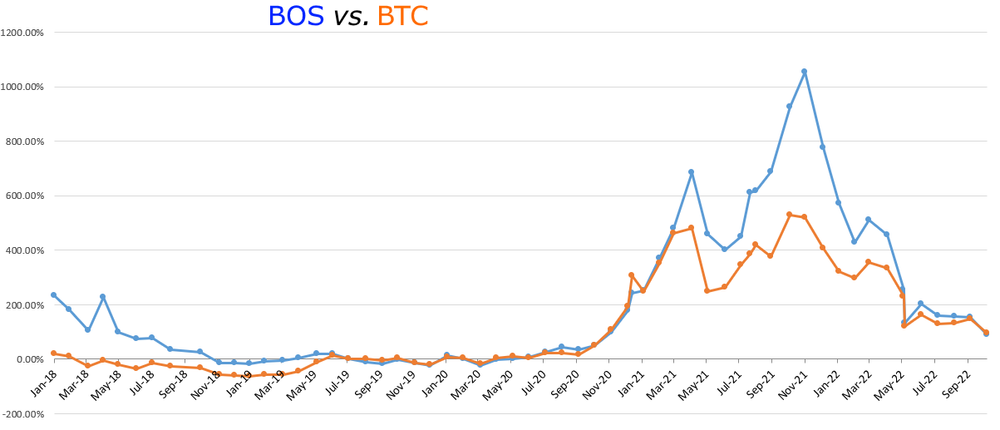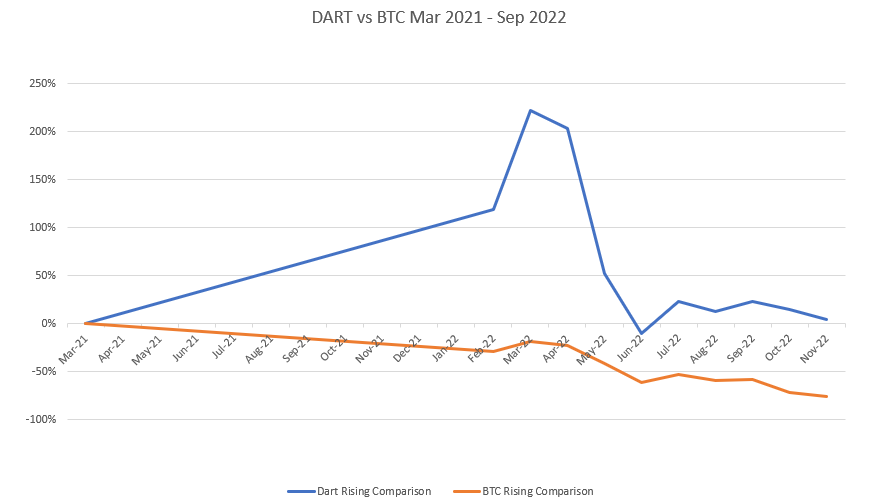2023: the year of the Rabbit

In the Chinese zodiac, 2023 is the Year of the Rabbit; more specifically, the Water Rabbit. The last water rabbit year was in 1963, when, among other events, basketballer Michael Jordan was born.
In the west, we may say that rabbits are scared, timid and libidinous little critters. We have expressions like “he ran away like a rabbit” or “XYZ breed like rabbits”. In the east, rabbits are believed to be vigilant, witty, quick-minded, and ingenious.
According to Chinese astrology, those born in a rabbit year are gentle, quiet, elegant, and alert as well as quick, skilful, kind, patient, and very responsible. They are said to be sometimes reluctant to reveal their minds to others, but always faithful to those around them.
Rabbits are claimed to treat people politely, with a gentle smile that makes people feel that they are credible and sincere. When encountering tough difficulties, they are never discouraged but instead remain persistent in their endeavours to find solutions. This means they eventually achieve enviable success.
Considering that 2022 was cryptocurrency’s “annus horribilis”, we are certainly hoping that some of the positive features of the rabbit emerge in 2023; especially the aspects that seemed to be lacking in many of 2022’s failed endeavours. Bring on the new year and bring on the responsibility, credibility, persistence and success. (And may your crypto fortunes multiply like rabbits!)
What is happening in the world?

Allegedly it was George Bernard Shaw who stated, “If all the economists in the world were laid end to end, they wouldn’t reach a conclusion.” In the halcyon days of 2019, prior to the 2020 market crash and pandemic, almost nobody was predicting a downturn ahead. Long-term readers of this newsletter will know that we forecast a market crash a full six months before the pandemic hit, and even warned of stimulus packages and debasement of the currency. What we labelled as “GFC 2” came about as prophesied, and our readers made money whilst everyone else was panicking.
As we enter 2023, there is a general consensus amongst many economists, with up to 70% of them stating they believe that 2023 will be another terrible year in the markets. Two points to that:
- If most economists are mostly wrong most of the time, you can assume that they are also wrong about this.
- If you do not know what you are doing, any year is a terrible year for investing (or driving a car, crossing the road, or eating mushrooms etc)
We believe in contrarianism, value-investing and education. For over thirty years, we have managed to make profits whilst others were losing their shirts; by
a) knowing what we were doing, and
b) often doing the opposite of what the crowd was doing
Despite almost three-quarters of the surveyed economists claiming that 2023 will be another recessionary year, the commodity indicators are rising. The increase in the price of lithium, copper and other commodities would suggest that manufacturers are gearing up for a better year, and putting their money where their mouth is.
(Interestingly, amongst other indicators, we noticed the price of copper declining in late 2019, and this was one of the major signs indicating a lower market; even months before the disease outbreak. Copper prices rising now would seem to be a concrete indicator of a much rosier 2023 and 2024.)
Ordinarily, the broader stock and property move in often-predictable 7-10 year cycles, and have for over 400 years (for a primer on how to master the art of doubling your money every 4-5 years, refer to the Economic Clock and “Who’s Taking Your Money? (and how to get some of it back!)”). The crypto market is only 15 years old, but seems to move in often-predictable 4-year cycles. This is led mostly by the Bitcoin “halvening” or halving event which is pre-programmed into the digital code to occur roughly every four years.
Crypto cycles and Bitcoin halvening

The first Bitcoin halving in 2012 saw prices rocket from around $0.50 up to $13 by the end of the year (2600% gains). Obviously, there was profit-taking, sell-offs and many other events to drive the price back down which we will not go into now.
The second Bitcoin halving in late 2016 saw a price rise in 2017 from around $1000 to almost $20 000, and massive media exposure as “crypto went mainstream”. After a massive rise, there were several downturns, and fiascos which made the price come back down again.
The next halving in 2020 saw Bitcoin rise from around $7000 to around $30 000, and major corporations such as MicroStrategy and Massachusetts Mutual Life investing millions of dollars into Bitcoin. During the COVID pandemic, we even saw Bitcoin reach over $68 000, before later crashing back down to $16-20k.
Nobody knows for sure what price will be reached for the next halvening, between February and June 2024, but past patterns would suggest that 2024 will be a huge year, and investors who get in early will be happiest of all.
After the many fiascos of 2022 (whatever you do, don’t mention FTX), we expect to see some form of draft crypto legislation enacted in 2023. This is something that is also likely to drive an increase in price, as major institutions and retail investors will feel more secure investing when there is some legal protection.
What else is new?

Despite a downturn in the tech sector, many layoffs and downsizing, there have been some companies making great progress. It seems astonishing to see that a company like Twitter still functions when half of its workers have left, but perhaps “trimming the fat” of some tech companies will see profitability return more quickly.
In past recessions and depressions throughout history, we have seen established “dinosaur” corporations die off, whilst smaller and nimbler “monkey” companies have pivoted, evolved and prospered.
In the crypto space, several exchanges, crypto funds and coin projects have fallen by the wayside. This leaves room for newer companies to take over the newly-opened territory, and potentially come out much bigger and stronger in 2023-2024.
Despite the down market, the number of Bitcoin ATM’s has increased by over 500%, according to Coin ATM Radar, indicating increased demand. Canada and USA have the largest number of Bitcoin ATM’s, followed by Australia (224), Spain (219) and El Salvador (200). The most recent Bitcoin ATM in Coolangatta, Australia, also uses the Lightning Network, so the transfer of BTC to your wallet is almost instantaneous, instead of having to wait 30-60 minutes.
We have also seen good gains in projects such as Cronos (CRO) LivePeer (LPT) and Synthetix (SNX). We continue to invest into good projects and gear up for what comes next; the proposed legislation and halvening events bode well for another bumper time. Tell your friends to get on board and buckle up. We have had downturns before, and after every one, there has been a massive rise. Whether you invest two years early, DCA, or get in just in time, there will be a rosy outcome. Blockchain is the future of tech, and the future of money is crypto.

As at Dec 31 2022
BOS NAV 44.3372736
BOS Price 48.771001

As at Dec 31 2022
DART NAV 70.3794416
DART Price 77.4173857
Stay safe, stay educated, and we will see you soon.
#Bostoncoin: the world’s first diversified crypto fund, the first to list on Morningstar, and one of the few that survived downturns in 2018 and 2022. We are here for you. Strategic, Successful, Secure.

